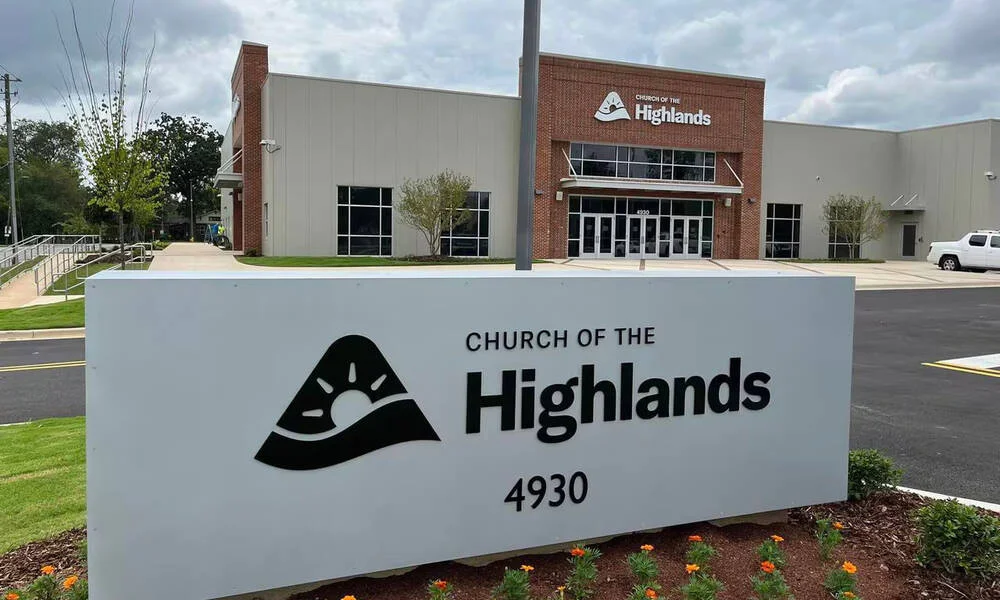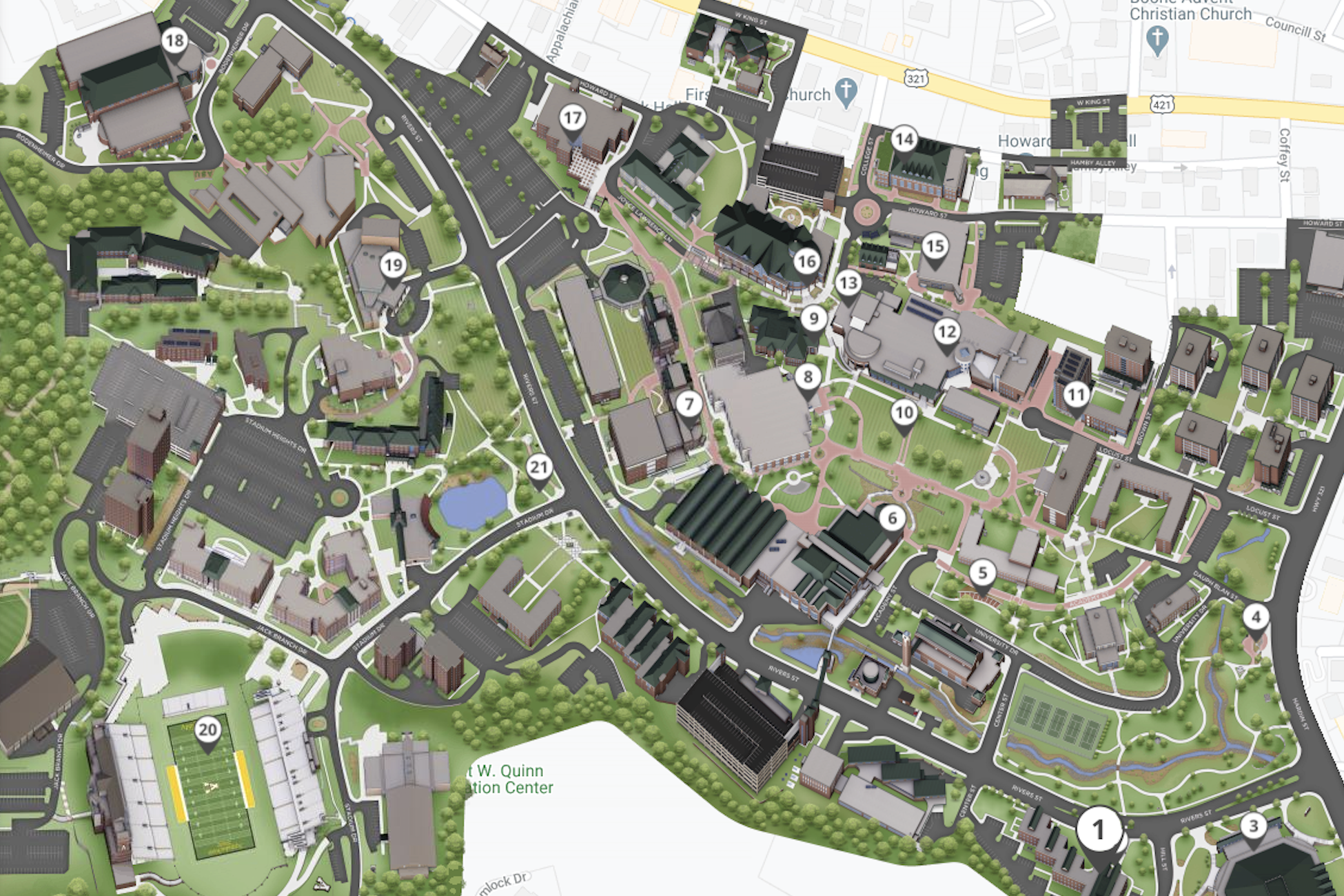Introduction
The Church of the Highlands has grown rapidly over the past two decades, emerging as one of the largest megachurches in the United States. With its charismatic leader, Pastor Chris Hodges, at the helm, the church has attracted thousands of followers through its powerful sermons, community outreach, and faith-based initiatives. However, like many large institutions, the Church of the Highlands has faced its share of criticism and controversy. Allegations ranging from racial insensitivity to financial transparency issues have cast a shadow over the church’s reputation. This article delves into these controversies, exploring both the church’s rise to prominence and the criticisms it faces.
1. Background of the Church of the Highlands
Founded by Chris Hodges in 2001, the Church of the Highlands quickly became a megachurch with a substantial national presence. Initially based in Alabama, it expanded rapidly with multiple satellite campuses and a vast digital outreach program. The church’s mission has always been to “lead people into a growing relationship with Jesus Christ.” With its modern approach to worship and community service, the church managed to attract a diverse congregation, including younger demographics who were looking for a new kind of religious experience.
At its core, the church preaches traditional Christian values but packages them in a way that resonates with a contemporary audience. However, with rapid growth comes increased scrutiny. While the Church of the Highlands has maintained a strong public image, several incidents have raised questions about its leadership and practices. Pastor Chris Hodges, the church’s founder, has often been at the center of both the church’s successes and its controversies.
2. Major Controversies Surrounding the Church
One of the most significant controversies that rocked the Church of the Highlands involves accusations of racial insensitivity. In 2020, Chris Hodges came under fire after liking social media posts that were deemed racially offensive. This incident led to widespread criticism, particularly in the church’s home state of Alabama, where racial tensions have historically been high. Despite public apologies from Hodges, the incident severely damaged the church’s reputation among minority communities.
Another major issue that has plagued the church is the lack of financial transparency. Megachurches, due to their size and income from donations, often face scrutiny regarding how they manage their finances. The Church of the Highlands has been accused of not being fully transparent about its financial operations, with critics questioning where millions in donations are allocated. While the church has denied any wrongdoing and insists that funds are used for community outreach and expansion projects, these allegations have led to ongoing debates about accountability.
The church’s political influence has also drawn criticism. Some believe that the Church of the Highlands has overstepped its role as a religious institution by becoming involved in local and state politics. This has fueled concerns that the church is using its significant influence to sway political decisions, particularly in conservative Alabama.
3. Hidden Practices and Internal Criticism
While the Church of the Highlands projects an image of inclusivity and community, several former members have raised concerns about the church’s internal culture. Some have described it as having cult-like tendencies, where church leadership exerts a disproportionate amount of control over the personal lives of its members. This includes encouraging congregants to participate heavily in church activities, to the extent that some have felt pressured to prioritize church involvement over other aspects of their lives.
The leadership culture at the Church of the Highlands has also been a point of contention. There have been allegations that the church’s leadership operates with little to no accountability, leading to concerns about transparency within the organization. Former members and insiders have expressed frustration about the lack of checks and balances within the church’s power structure, particularly regarding the decision-making process led by Pastor Hodges and his closest associates.
Additionally, critics have accused the church of using manipulative tactics to recruit new members and raise funds. Some say that the church’s approach to evangelism places undue pressure on members to constantly recruit others and donate, creating a culture where financial contributions are equated with spiritual worth.
4. The Church’s Response to Criticism
In response to the growing controversies, the Church of the Highlands has taken steps to address the concerns raised by the public and former members. Chris Hodges issued a public apology following the social media scandal, acknowledging the hurt caused by his actions. While some applauded his willingness to take responsibility, others felt that the apology was insufficient and did not address deeper issues of racial sensitivity within the church’s culture.
On the matter of financial transparency, the church has begun to implement more visible changes, such as providing detailed reports on donations and how they are allocated. These efforts are part of a broader attempt to regain trust and restore its public image. However, whether these measures will be enough to fully address the concerns remains to be seen.
Despite the criticisms, the church has maintained its commitment to its mission, emphasizing that it continues to serve its congregation and the larger community. Efforts to address racial and financial concerns have been made, but the extent of these reforms is still a topic of discussion.
5. Impact on the Church and Its Community
The controversies surrounding the Church of the Highlands have undoubtedly impacted its growth and influence. While the church remains one of the largest in the country, membership has fluctuated in the wake of the scandals. Some congregants have left due to disillusionment, while others remain loyal, believing that the church is being unfairly targeted.
The future of the Church of the Highlands is uncertain, but its leadership remains committed to moving forward. Whether the church will continue to thrive despite its challenges depends on how effectively it can address the issues that have been raised and whether it can regain the trust of those who feel alienated.
Conclusion
The church of the highlands exposed, like many megachurches, has experienced both incredible growth and significant challenges. While its community outreach and religious mission have positively impacted many, the controversies surrounding its leadership, racial sensitivity, and financial transparency have cast a shadow over its reputation. Whether the church can overcome these obstacles remains to be seen, but the scrutiny it faces serves as a reminder of the importance of accountability and integrity in faith-based institutions.







